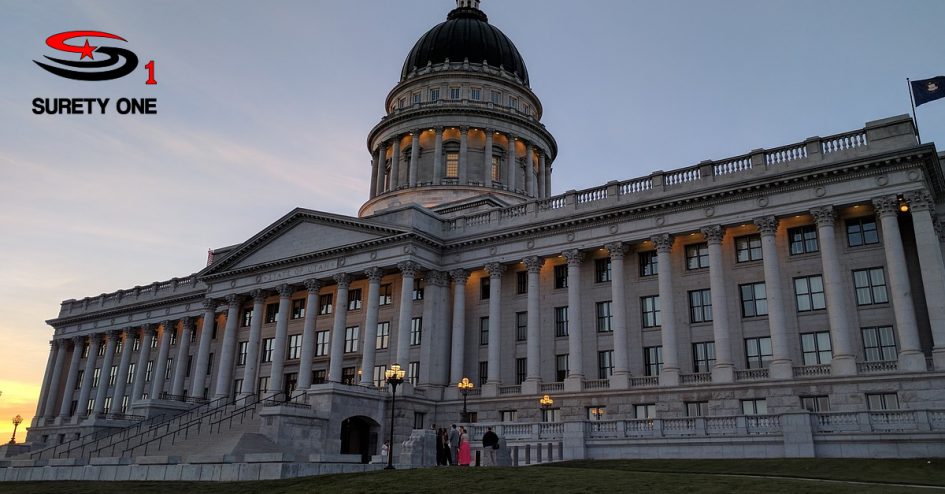Although appellate rules do no allow an execution or other writ to enforce a judgment until no less than fourteen days from entry of judgment a Utah supersedeas bond is necessary to secure an extension of the stay of execution. Rule 62 (d) addresses a stay upon appeal. “When an appeal is taken, the appellant by giving a supersedeas bond may obtain a stay, unless such a stay is otherwise prohibited by law or these rules. The surety bond may be given at or after the time of filing the notice of appeal. The stay is effective when the supersedeas bond is approved by the court.” A Utah supersedeas bond issued by a commercial bonding company must possess a certificate of authority in the state.
The surety bond amount is generally set by the court. The statute specifically calls for a bond which adequately protects the judgment creditor against loss or damage caused by the appeal and guarantees payment in the event the judgment is affirmed. In setting the bond amount the court retains a certain measure of discretion. The presiding judge may consider the following factors in fixing the Utah supersedeas bond:
(j)(1)(A) the judgment debtor’s ability to pay the judgment;
(j)(1)(B) the existence and value of security;
(j)(1)(C) the judgment debtor’s opportunity to dissipate assets;
(j)(1)(D) the judgment debtor’s likelihood of success on appeal; and
(j)(1)(E) the respective harm to the parties from setting a higher or lower amount.
(j)(2) Notwithstanding subsection (j)(1):
(j)(2)(A) the presumptive amount of a bond for compensatory damages is the amount of the compensatory damages plus costs and attorney fees, as applicable, plus 3 years of interest at the applicable interest rate;
(j)(2)(B) the bond for compensatory damages shall not exceed $25 million in an action by plaintiffs certified as a class under Rule 23 or in an action by multiple plaintiffs in which compensatory damages are not proved for each plaintiff individually; and
(j)(2)(C) no bond shall be required for punitive damages.
(j)(3) If the court permits a bond that is less than the presumptive amount of compensatory damages, the court may also enter such orders as are necessary to protect the judgment creditor during the appeal.
(j)(4) If the court finds that the judgment debtor has violated an order or has otherwise dissipated assets, the court may set the bond under subsection (j)(1) without regard to the limits in subsection (j)(2).
Once the Utah supersedeas bond has been filed the judgment holder may object to the sufficiency of the surety by filing and giving notice of his or her objection. The objecting party is entitled to a hearing thereon upon five days notice or such shorter time as the court orders. The burden of justifying the sufficiency of the surety lies with the appellant unless the objecting party seeks a bond greater than the limits outlined in Rule 62. Generally the surety’s certificate of authority issued by the state is appropriate evidence of its solvency and sufficiency.
Underwriting of supersedeas bonds requires review by a surety bond specialist with knowledge of this class of bond. Utah surety bond leader SuretyOne.com specializes in judicial bonds. A Utah supersedeas bond application submission is reviewed and responded to within one hour of receipt. We are the MOST RESPONSIVE judicial bond underwriter in the United States. Call (800) 373-2804, or email us at Underwriting@SuretyOne.com for an appeal bond application or for any court bond need.
#appeal #appealbond #appealbonds #supersedeas #supersedeasbond #supersedeasbonds #SuretyOne #Utah #lawyer #lawfirm #attorney


